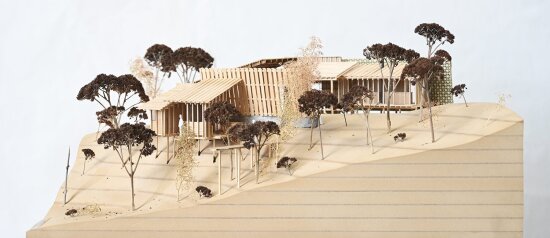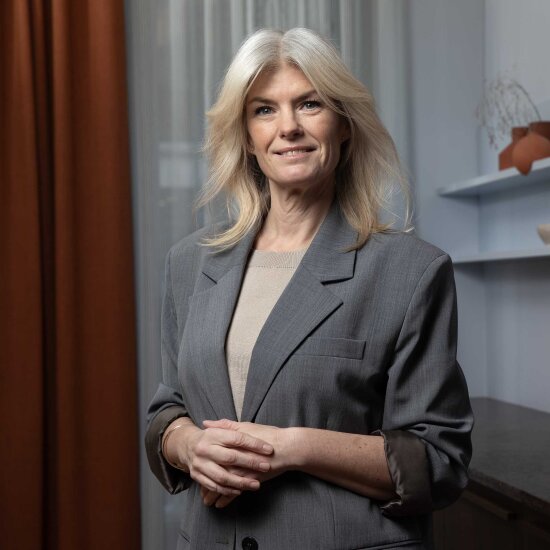Utøvere
Bonitet Arkitektur:
Ida Wressel
Nikolina Søgnen
Prosjektnavn
Barking up the right tree – or How to Promote Local Wood Knowledge in Western Norwegian Communities
Utdanning
Master i arkitektur (Bergen Arkitekthøgskole, BAS)
Andre Bidragsytere
Norsk Kommunalteknisk forening
Hordaland Fylkeskommune
Veiledere: Espen Folgerø, Marco Casagrande og Andrea Spreafico.
Through their diploma project, architects Ida Wressel and Nikolina Søgnen wanted to explore the connection between architects' choice of materials and the development of society. In "Barking up the Right Tree – or How to Promote Local Wood Knowledge in Western Norwegian Communities", they investigate the architect's role in the local wood value chain and the reasons why we have stopped harvesting materials from the natural forests that surround us.
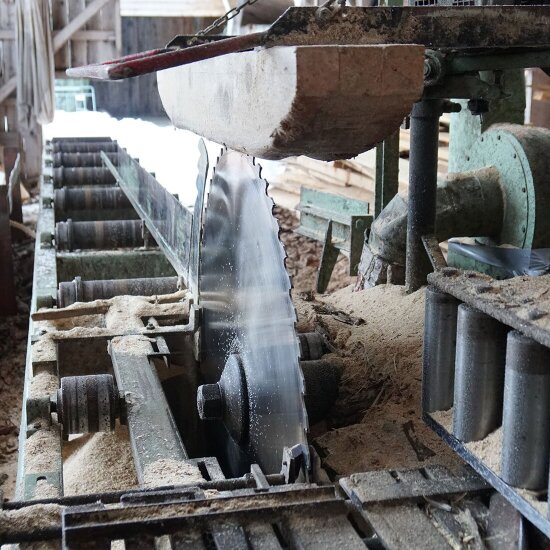
Photo: Ida Wressel
A lot to gain from better organisation
Through a social anthropological method and mapping of today's wood system, Ida and Nikolina's project addresses the relationship between architecture, local communities and landscape. After interviews with the administration, sawmills, foresters and other representatives of the Western Norway wood industry, the architects found that the value chain is rather fragmented. Especially among the many small companies running sawmills, they found that there is a lack in outward orientation, and the actors often lack knowledge about each other's existence.
The sawmillers are usually older men with deep knowledge on the field and their surrounding landscape. A major challenge lies in transferring this expertise to the next generation before it is too late.
A key point of the thesis is that architects should apply this traditional and specific knowledge of wood to create a good environment for the future. Resuming qualitative harvesting strategies such as selection cutting will both help to increase the quality of the forest and be an important safeguard of the cultural landscape and our biological diversity.
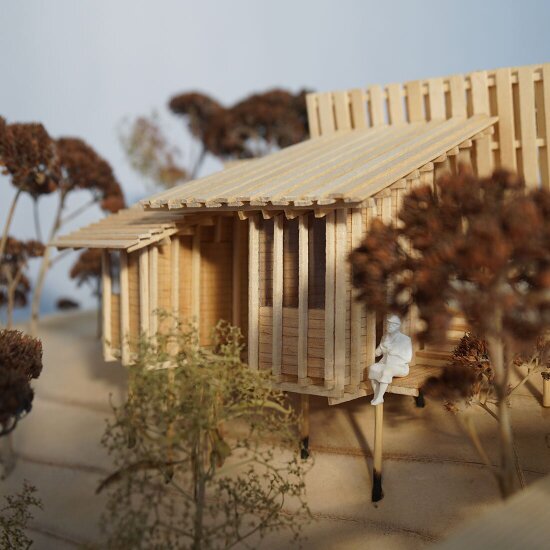
Photo: Ida Wressel
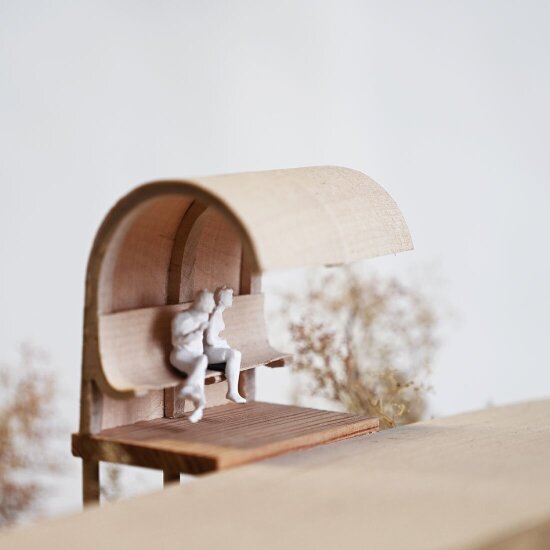
Photo: Ida Wressel
The diploma thesis shows that the local wood industry can be competitive if it is better organised. Architects can drive this development, both by choosing local types of wood for their projects and by being active participants in interdisciplinary collaborations in the wood industry. One could emphasise the identity of the wood, just as we do with locally produced beer and cheese. However, this requires that all actors of the value chain consider themselves part of a larger wood system.
As an example of a strategy, the architects have designed a wood academy in Voss to share and further develop the knowledge of local wood. By developing the academy over a period of 150 years, one can at the same time heal the landscape by converting the surrounding spruce plantation back into high quality natural mixed forest.
